How Chromatography Works: Separation Science Explained with 5 Simple Examples
In biosciences, we purify our target molecules using chromatography. So, we need a thorough understanding of how chromatography works!
Join Us
Sign up for our feature-packed newsletter today to ensure you get the latest expert help and advice to level up your lab work.
Search below to delve into the Bitesize Bio archive. Here, you’ll find over two decades of the best articles, live events, podcasts, and resources, created by real experts and passionate mentors, to help you improve as a bioscientist. Whether you’re looking to learn something new or dig deep into a topic, you’ll find trustworthy, human-crafted content that’s ready to inspire and guide you.

In biosciences, we purify our target molecules using chromatography. So, we need a thorough understanding of how chromatography works!

Antibiotics are used in a wide range of techniques in molecular biology including molecular cloning and are important for treating pesky mycoplasma contamination in cell cultures. They can also be used to maximize your plasmid yields by reducing protein synthesis, in certain circumstances. The aim of this post is to provide an easy reference to…
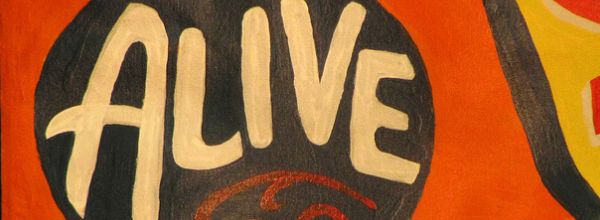
Are you preparing to set up live cell imaging experiments? You’ve got all your cell lines, antibodies, reagents, and protocol ready. You just want to wake up in the morning and enter into that dark room. Well, think again!! As we (I mean the cell biologists) always say, happy cells mean happy life. You have…

As science is becoming more interdisciplinary, the tools we use to answer questions are also crossing party lines. Case in point: flow cytometry. Once a tool only used by “real” immunologists, flow cytometry is fast becoming a method by which numerous questions can be answered, from the length of a cell’s telomeres, to the state…
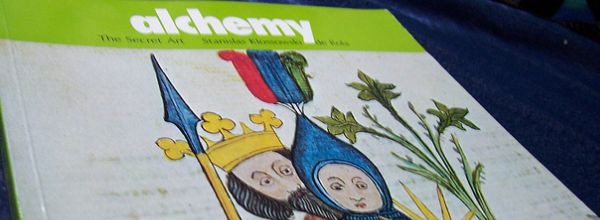
First of all let me say the technique of labeling tissues (immunohistochemistry, IHC), and cells (immunocytochemistry, ICC) is indeed immunoscience NOT alchemy, though at times it may certainly seem like alchemy! But to scientists inexperienced in this technique, who typically see the results of IHC/ICC experiments in the form of pretty pictures, it can certainly…
RNA sequencing (Wang 2009) is rapidly replacing gene expression microarrays in many labs. RNA-seq lets you quantify, discover and profile RNAs. For this technique, mRNA (and other RNAs) are first converted to cDNA. The cDNA is then used as the input for a next-generation sequencing library preparation. In this article, I’ll give a brief…
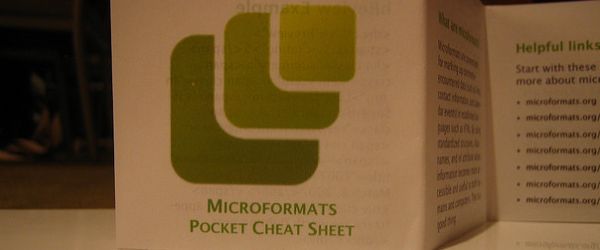
Generating a DNA vector library of single and/or compound mutants for a target protein can be a daunting task. If you’re lucky and work in a well-funded lab, you might outsource this process via gene synthesis. Most of us though, need to do it the old-fashioned way. Traditional QuikChange™ Traditionally, there are many steps you…
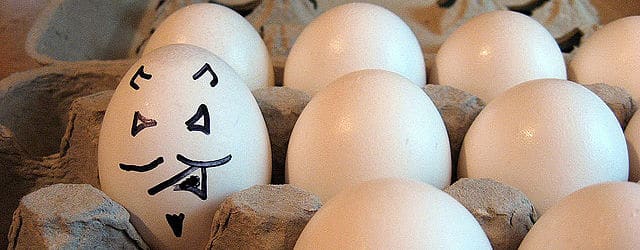
What do these three seemingly disparate studies have in common? After publication, the high-profile findings in each one were questioned due to the presence of batch effects. Batch effects are ever-present and insidious in science, so as researchers we need to always be on guard against them. Keep reading for a run-down of how they…
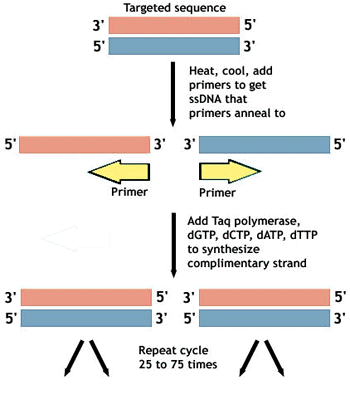
PCR (Polymerase Chain Reaction) is a biochemical technique developed by Kary Mullis in 1983 that is used to create large quantities of a sequence of DNA. Since this method of mass-producing DNA was first introduced, it has become significantly less labour intensive, more economical, and more routine. The technique relies on a few key players…

Every PCR battle is the same: Too little amplification of your target DNA versus too much amplification of off-target DNA. But you can win the PCR battle and amaze your co-workers by mastering the use of PCR additives. PCR additives usually work one of two ways: 1) By reducing secondary DNA structures and thus increasing…
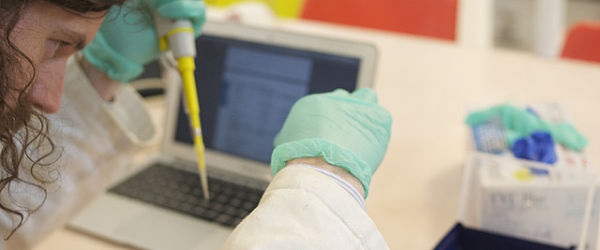
Digital PCR (dPCR) is a quantitative PCR method that provides a sensitive and reproducible way of measuring the amount of DNA or RNA present in a sample. This method is similar to qPCR in the reaction assembly components and amplification reaction, but differs in the way the sample target is measured. Digital PCR is a…

The eBook with top tips from our Researcher community.